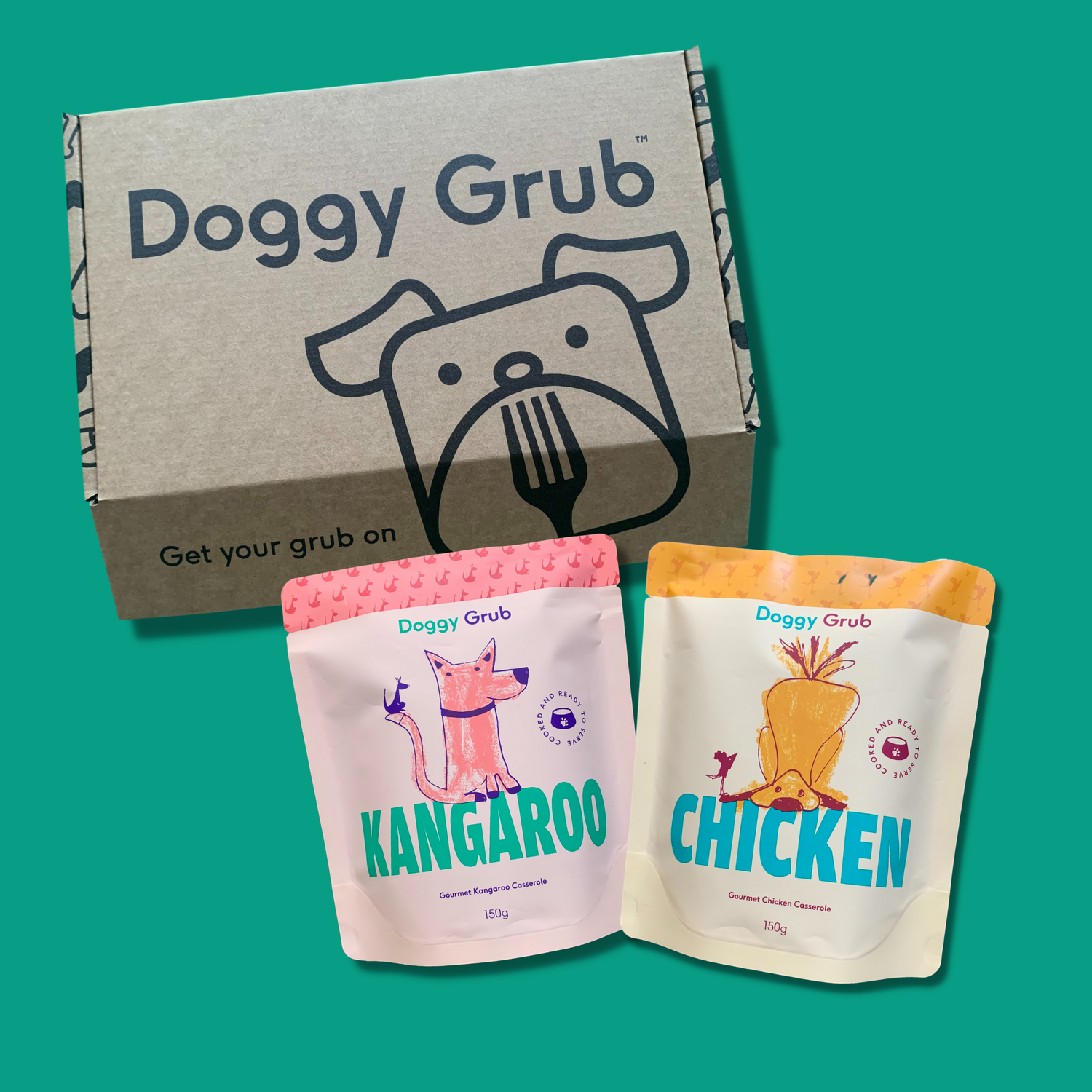Let’s talk about anal glands. Yes, the tiny sacs that can turn even the most graceful pup into a floor-dragging, scooting superstar. While we’d all prefer to focus on belly rubs, a happy pup is a healthy pup—especially when it comes to the less glamorous parts of dog anatomy.
So buckle up, because we’re diving into what’s up with those glands and how fresh, healthy food can help keep your dog comfortable and your carpets scoot-free.
What Are Anal Glands and Why Do Dogs Have Them?
Think of anal glands as your dog’s business card. Located near the rear end, these glands release a unique-smelling secretion that dogs use for territory marking and individual indentification.
Fascinating? Sure. A little gross? Definitely.
But here’s the thing: when these glands get blocked, it can lead to serious discomfort, scooting, and some distinctly unpleasant odours in your life- consider yourself very lucky if you're yet to experience this smell.
Scooting Isn’t Just Funny – It’s a Cry for Help
If your dog is scooting their bum across the floor like they’re auditioning for a dance-off, they’re not just being goofy. Scooting is one of the key signs of blocked anal glands.
Other hints? Foul fishy smells, nibbling at their rear, or sudden “sit-down strikes” due to discomfort. Left untreated, these blockages can escalate into infections or even abscesses.
How You Can Help (Without Losing Your Lunch)
The good news is, you can help your pup avoid anal gland drama with some simple steps:
- Vet Checkups: Regular visits to the vet can catch and treat anal gland issues before they get serious.
- Dietary Tweaks: Extra fibre can firm up your dog’s stool, which helps naturally express their glands during potty breaks. No more “butt bombs” left untreated! (more on food later)
- Exercise: Keeping your dog at a healthy weight strengthens the muscles around their bottom, which makes gland emptying easier.
- Holistic tips: gentle home remedies, such as warm compresses can soothe discomfort while you wait for your vet appointment.
The Magic of Fresh Food for Anal Gland Health
This is where we come in!
A high-quality, fresh diet does wonders for your dog’s overall health—and that includes their, um, “south end.”
Fresh, natural ingredients promote better digestion and firmer stools, both of which help reduce anal gland blockages. The key is to increase the amount of fibre and bulk stools- think about veggies such as pumpkin (or pumkin powder), sweet potatoes, or spinach.
When to Call in the Pros
If your pup’s still struggling despite your best efforts, don’t go all DIY with gland expression. That’s a job for your vet or groomer.
Squeezing too hard or incorrectly can cause more harm than good, so leave it to the experts. Plus the odour is so overpowering, it’s enough to make anyone gag!
Scoot-Free is the Way to Be
Blocked anal glands might not be the cutest topic, but with a little effort, you can keep your dog comfortable and happy. And remember, a balanced diet of fresh, nutritious food is your secret weapon. Your pup—and your rugs—will thank you.
Ready to give your dog’s diet a glow-up? Check out our fresh, healthy food options designed to keep every part of your dog (yes, even that part) in top-notch condition.
Want to be the first to get your paws onto the hottest topics? Subscribe to our newsletter!
--------------------------------------------------------------------
The Doggy Grub blog is dedicated to helping dogs and their owners achieve happier, healthier lives, changing the way we feed our dogs one bowl at a time! If you would like to know more about our fresh food head to Doggy Grub










